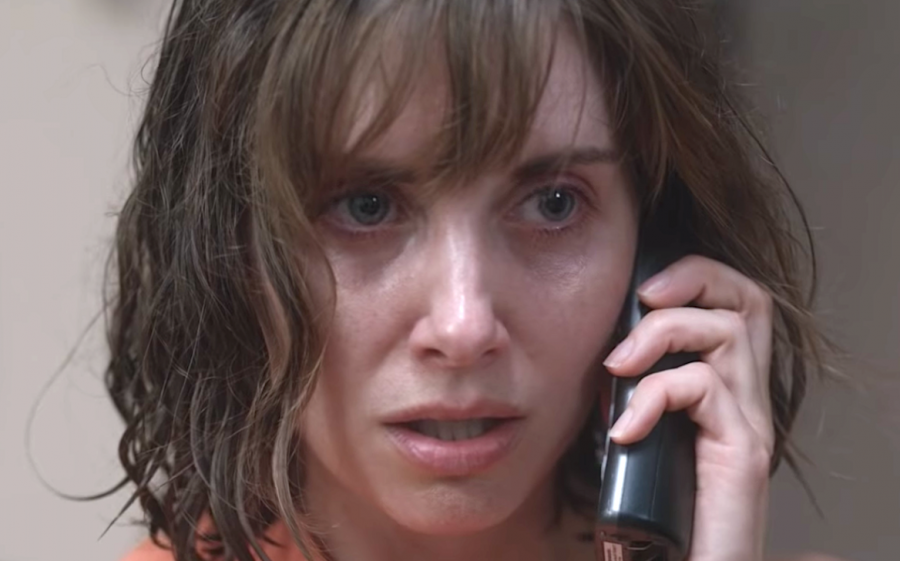Film portrays painful reality of depression
Alison Brie portrays Sarah in the Netflix movie “Horse Girl.” Sarah is a shy, introverted girl who is socially awkward and lives a sad and lonely life. Slowly her mental state begins to deteriorate.
Mar 4, 2020
“Horse Girl” is a psychological thriller on Netflix starring Alison Brie, who tackles psychotic depression through the lead character’s paranoid breakdown.
Brie delivers a superb performance that carries the film’s confusing but meaningful narrative to the end.
The film was written by Brie and Jeff Baena and stars Brie as the main character, Sarah.
Sarah is a shy, socially awkward 20-something-year-old from a small town and is interested in the arts, crafts and horses.
The story focuses on Sarah and her slow psychological breakdown. The painful transition into psychotic depression is hard to watch without feeling sympathy for the character.
The film has a slow eerie pace that is helped by Brie’s portrayal of Sarah.
The film gives viewers a glimpse into Sarah’s life, which is quite sad, with her mother committing suicide a year before.
The film picks up with Sarah visiting her mother’s grave and also frequently visiting a horse stable where she visits her previously-owned pet horse.
Sarah’s life is sad, but she lives it as optimistically as she can.
The film shows Sarah’s peaceful and lonely life beginning to deteriorate slowly as she finds herself dreaming strange occurrences.
Suddenly, she begins to have episodes where she wakes up somewhere completely different than where she fell asleep.
The film leads viewers to believe Sarah is simply sleepwalking, but it gets stranger with aliens and sci-fi themes beginning to intertwine their way into her “dreams.” Sarah is convinced she is a clone and that she is being abducted by aliens.
These instances get worse with the film playing with the viewers’ beliefs about what is happening to her through camera work that culminates in an exciting ending.
Brie does an excellent job as Sarah, playing the role of a shy introvert breaking down into a psychotically depressed person.
At the Sundance Film Festival, director and co-writer Baena said, surprisingly enough, the writing was mostly improvised.
“Almost all was improvised except for the TV show in the movie,” Baena said.
The movie tackles a difficult subject in the realm of mental health as the character slowly falls prey to her own psychotic depression.
Psychotic depression is a subtype of major depression that includes hallucinations and a form of psychosis.
The film sheds light on how someone can be depressed without even knowing it, and having it get to such a bad place that it makes them hallucinate.
It creeps up on the main character as the movie goes on and, without spoiling the plot, all the strange occurrences are rooted in her psychotic depression.
The storytelling doesn’t make it clear she’s having a mental breakdown until the second half of the movie.
In the second half, Sarah is committed to a psychiatric hospital where she seems to keep hallucinating while being told she has psychotic thoughts.
After 72 hours she is released, but can only remember 24 hours of her time in the psychiatric hospital.
Those 72 hours are portrayed through eerie “X-Files”-like scenes that make viewers uncomfortable.
The shot selection is exceptionally fitting during those scenes and throughout the whole movie.
The final scenes beg the movie be re-watched.
The film is a unique experience that takes viewers on a trip that stimulates and questions them while shedding light on a serious issue.



